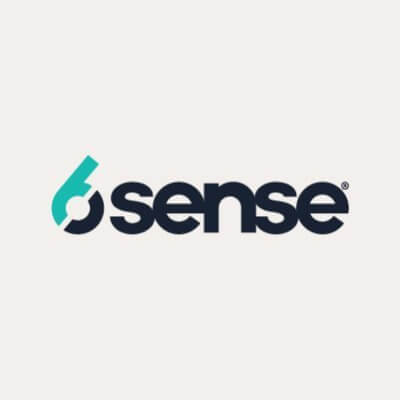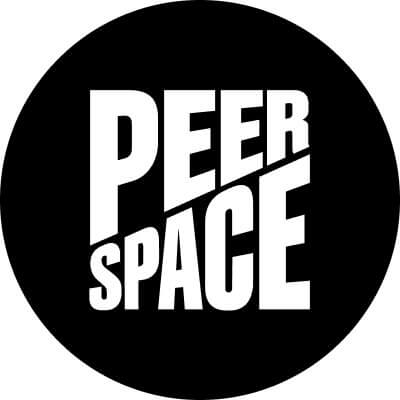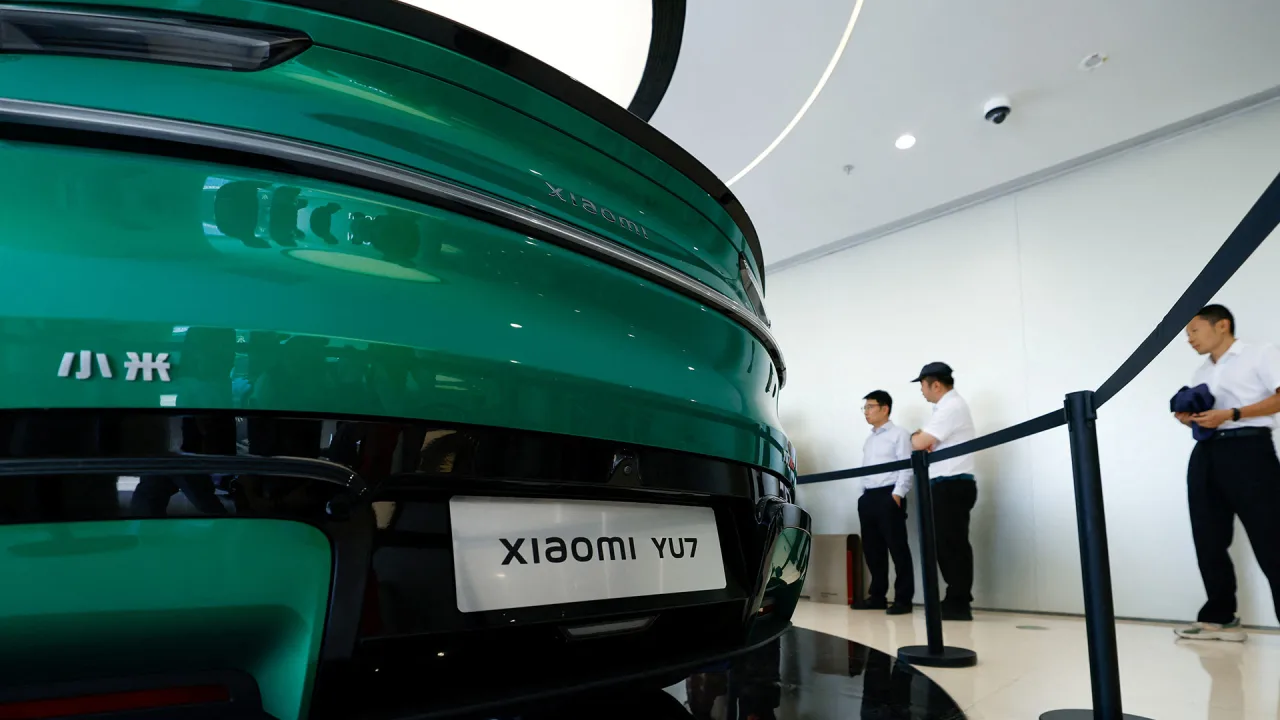Here’s how to embrace Gen Z’s desire for purpose and flexibility at work
As a proud Gen Xer, I remember that most of my college buddies and I had similar aspirations: land a full-time job, hope the hours weren’t too brutal, pay off our loans, maybe buy a car and, one day, a home. Now, as the CEO of a company with a growing Gen Z employee base, I’ve found it fascinating to see how different their outlook is. This generation isn’t interested in hustle culture if it doesn’t lead to something meaningful—or sometimes, even if it does. As a growing number of studies show, the youngest cohort of professionals isn’t focused on ownership—they care more about access. They’re not blindly chasing higher salaries or leadership roles. Those things still matter, but finding purpose in their work is just as important. Their ambitions may be different from mine at their age, but I don’t disagree with them. In fact, I think it’s possible to find that elusive trifecta at work: money, meaning, and well-being—if leaders are paying attention. And increasingly, they have no choice. Gen Z can’t be ignored; they’re the ultimate influencers. As Janet Truncale, global chair and chief executive officer at EY, puts it, “Gen Z is like a gravitational force pulling all other generations into its orbit.” Here’s how leaders can embrace Gen Z’s demand for purpose and flexibility at work. Give employees options for how to approach tasks When I entered the workforce, working remotely was virtually unheard of. For Gen Z, it’s nearly a baseline expectation. Many came of age during the era of digital nomadism. Some finished school entirely online. In short, Gen Z is used to a high degree of autonomy. Micromanaging simply won’t work for this generation. When assigning work, consider delegating not just the task but the how as well. Trust employees to figure out the best way to meet objectives. For example, if a younger employee is tasked with a presentation, let them choose the format—slide deck, short video, or live demo—instead of prescribing every detail. If they’re emailing a client, let them use their voice, instead of insisting they imitate the boss (as long as they’re appropriately professional). This kind of trust builds confidence and sparks creativity. What’s more, it helps younger employees feel a sense of ownership over their work. Break hierarchies and keep communication open In the past, workflows followed a strict order, and expertise flowed from the top down. But at Jotform, we’ve seen firsthand that every generation brings unique value. Expecting new employees to listen but not be heard is not only outdated, it’s a disservice to your organization. Gen Z, for example, is fluent in tech and social media, whether they’re editing iPhone photos or explaining why Snapchat still matters. To harness their strengths, leaders should move away from rigid hierarchies and overly structured processes—these can lead to burnout and frustration. Instead, create space for two-way dialogue and cross-generational collaboration. Create open channels for communication, like all-hands meetings, online feedback forums, and AMA (Ask Me Anything) sessions with leaders. When all voices are invited to contribute, we’ve found that innovation accelerates in the day-to-day. Focus more on outcomes, less on hours Rather than sticking to the traditional nine-to-fine for the sake of clocking 8 hours, Gen Z is focused on working smarter. One growing trend: microshifts. As outlined in a recent workforce report from business software provider Deputy, Gen Z is reshaping shift work through short, flexible blocks, typically six hours or less, that support more adaptable schedules. These slightly shorter shifts help employees juggle responsibilities like caregiving or ongoing education. Gen Z now accounts for 51.5% of all microshifters, and the majority say it improves their roles. It makes sense: when we’re able to manage outside responsibilities alongside work, we’re more energized, more present, less stressed, and less bogged down by busywork. You don’t have to give employees total control over their schedules—a little flexibility goes a long way. At Jotform, our office hours are fairly traditional, but within that structure, employees are trusted to manage their time. If someone needs to step away for a personal obligation, they can shift their workday, as long as quality doesn’t suffer. That kind of autonomy supports both productivity and well-being. Gen Z employees get the flexibility they want, and the company gets the focus, brainpower, and creativity it needs.

As a proud Gen Xer, I remember that most of my college buddies and I had similar aspirations: land a full-time job, hope the hours weren’t too brutal, pay off our loans, maybe buy a car and, one day, a home.
Now, as the CEO of a company with a growing Gen Z employee base, I’ve found it fascinating to see how different their outlook is. This generation isn’t interested in hustle culture if it doesn’t lead to something meaningful—or sometimes, even if it does.
As a growing number of studies show, the youngest cohort of professionals isn’t focused on ownership—they care more about access. They’re not blindly chasing higher salaries or leadership roles. Those things still matter, but finding purpose in their work is just as important.
Their ambitions may be different from mine at their age, but I don’t disagree with them. In fact, I think it’s possible to find that elusive trifecta at work: money, meaning, and well-being—if leaders are paying attention. And increasingly, they have no choice. Gen Z can’t be ignored; they’re the ultimate influencers. As Janet Truncale, global chair and chief executive officer at EY, puts it, “Gen Z is like a gravitational force pulling all other generations into its orbit.”
Here’s how leaders can embrace Gen Z’s demand for purpose and flexibility at work.
Give employees options for how to approach tasks
When I entered the workforce, working remotely was virtually unheard of. For Gen Z, it’s nearly a baseline expectation. Many came of age during the era of digital nomadism. Some finished school entirely online.
In short, Gen Z is used to a high degree of autonomy. Micromanaging simply won’t work for this generation.
When assigning work, consider delegating not just the task but the how as well. Trust employees to figure out the best way to meet objectives. For example, if a younger employee is tasked with a presentation, let them choose the format—slide deck, short video, or live demo—instead of prescribing every detail. If they’re emailing a client, let them use their voice, instead of insisting they imitate the boss (as long as they’re appropriately professional).
This kind of trust builds confidence and sparks creativity. What’s more, it helps younger employees feel a sense of ownership over their work.
Break hierarchies and keep communication open
In the past, workflows followed a strict order, and expertise flowed from the top down. But at Jotform, we’ve seen firsthand that every generation brings unique value. Expecting new employees to listen but not be heard is not only outdated, it’s a disservice to your organization. Gen Z, for example, is fluent in tech and social media, whether they’re editing iPhone photos or explaining why Snapchat still matters.
To harness their strengths, leaders should move away from rigid hierarchies and overly structured processes—these can lead to burnout and frustration. Instead, create space for two-way dialogue and cross-generational collaboration. Create open channels for communication, like all-hands meetings, online feedback forums, and AMA (Ask Me Anything) sessions with leaders. When all voices are invited to contribute, we’ve found that innovation accelerates in the day-to-day.
Focus more on outcomes, less on hours
Rather than sticking to the traditional nine-to-fine for the sake of clocking 8 hours, Gen Z is focused on working smarter. One growing trend: microshifts. As outlined in a recent workforce report from business software provider Deputy, Gen Z is reshaping shift work through short, flexible blocks, typically six hours or less, that support more adaptable schedules.
These slightly shorter shifts help employees juggle responsibilities like caregiving or ongoing education. Gen Z now accounts for 51.5% of all microshifters, and the majority say it improves their roles. It makes sense: when we’re able to manage outside responsibilities alongside work, we’re more energized, more present, less stressed, and less bogged down by busywork.
You don’t have to give employees total control over their schedules—a little flexibility goes a long way. At Jotform, our office hours are fairly traditional, but within that structure, employees are trusted to manage their time. If someone needs to step away for a personal obligation, they can shift their workday, as long as quality doesn’t suffer. That kind of autonomy supports both productivity and well-being. Gen Z employees get the flexibility they want, and the company gets the focus, brainpower, and creativity it needs.


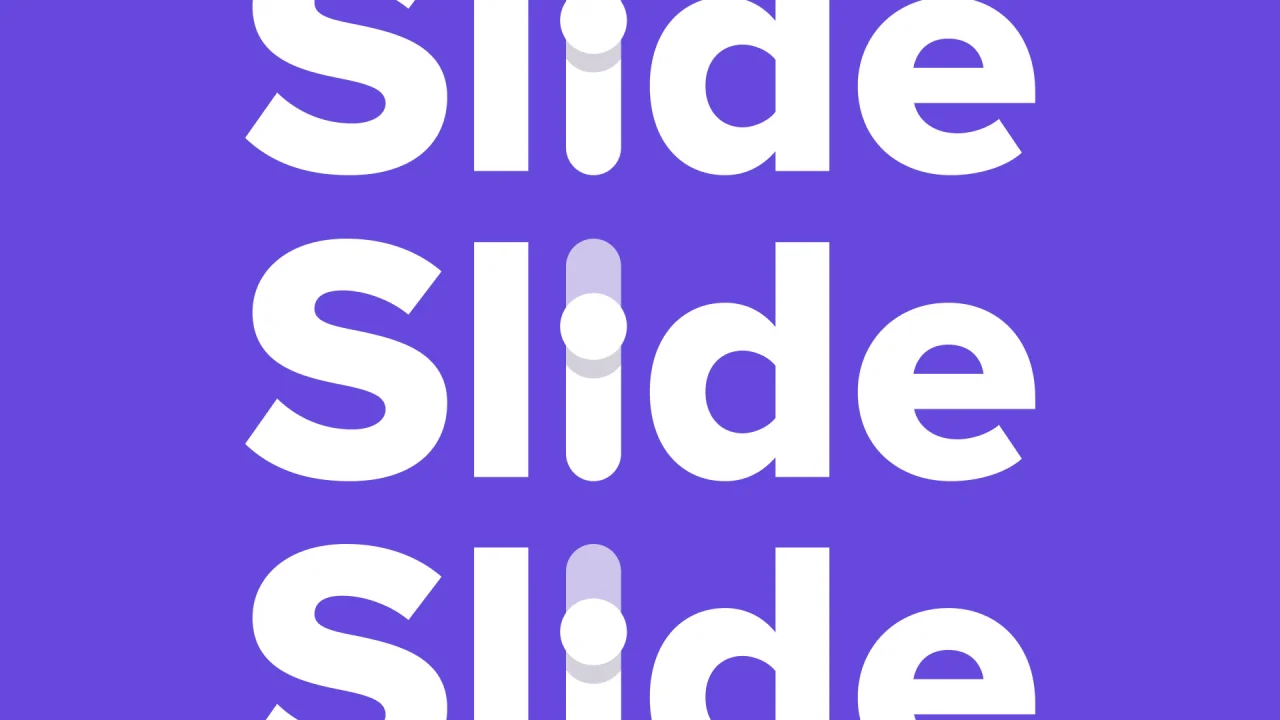



























































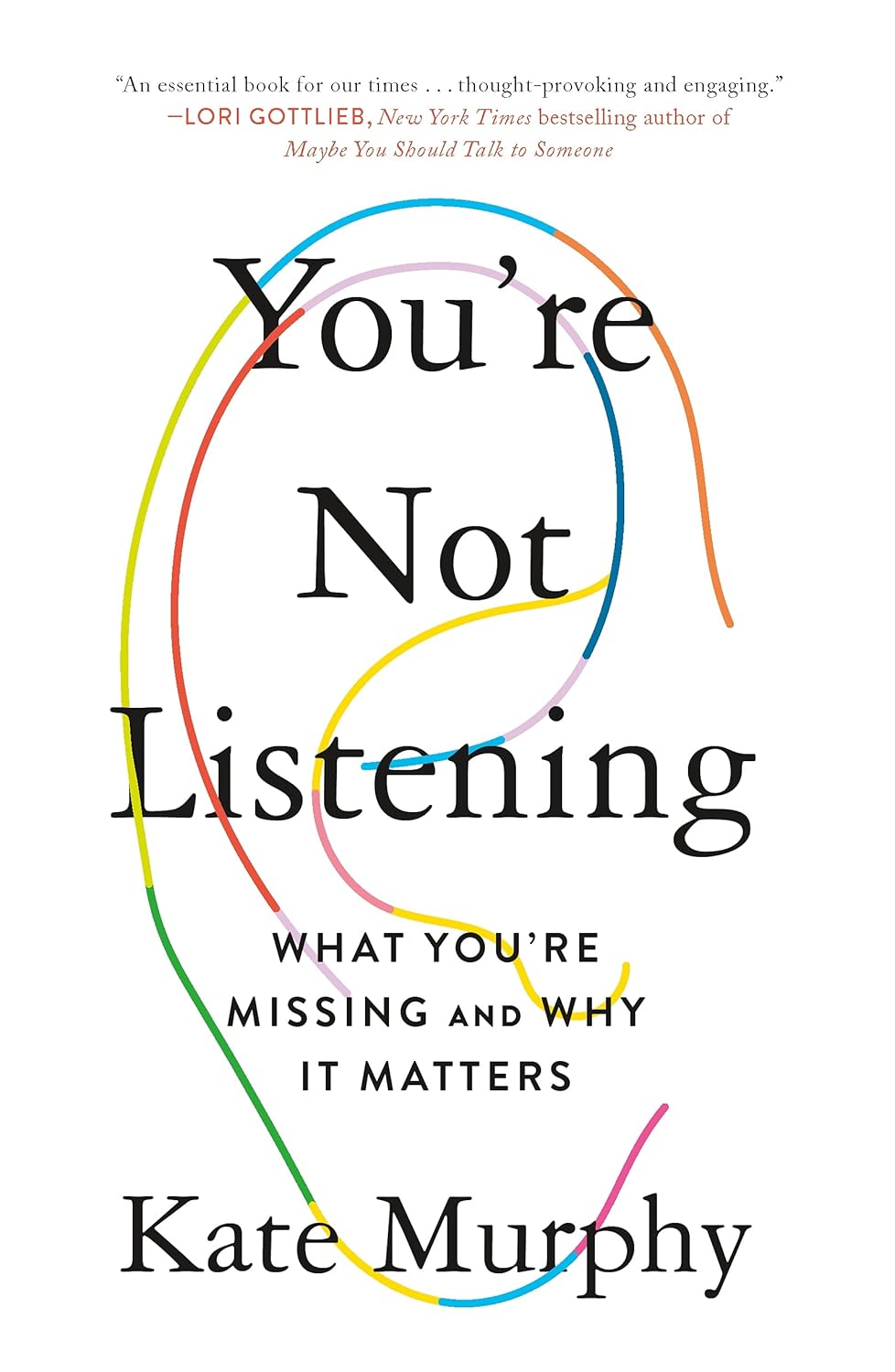




![https //g.co/recover for help [1-866-719-1006]](https://newsquo.com/uploads/images/202506/image_430x256_684949454da3e.jpg)












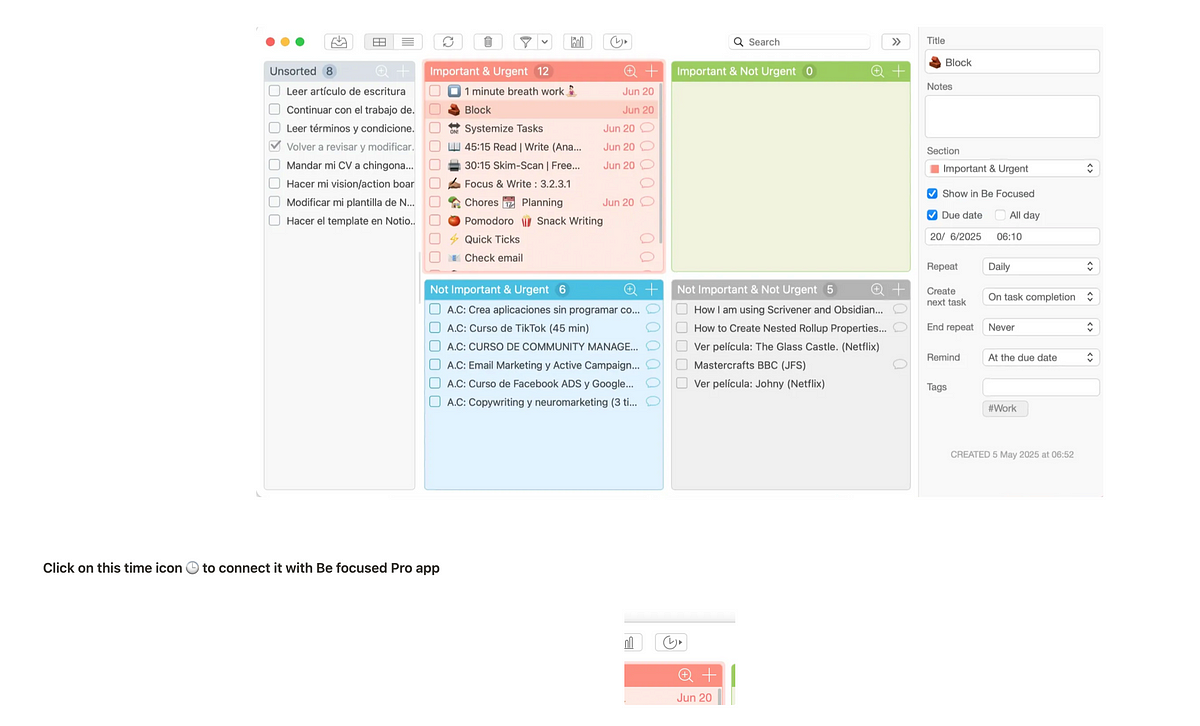








![How Smart PMs Scale Their Careers in Any Org [TPG Live Recap]](https://tpgblog.com/wp-content/uploads/2025/06/2025-06-12-thumbnail-action.png?#)

























